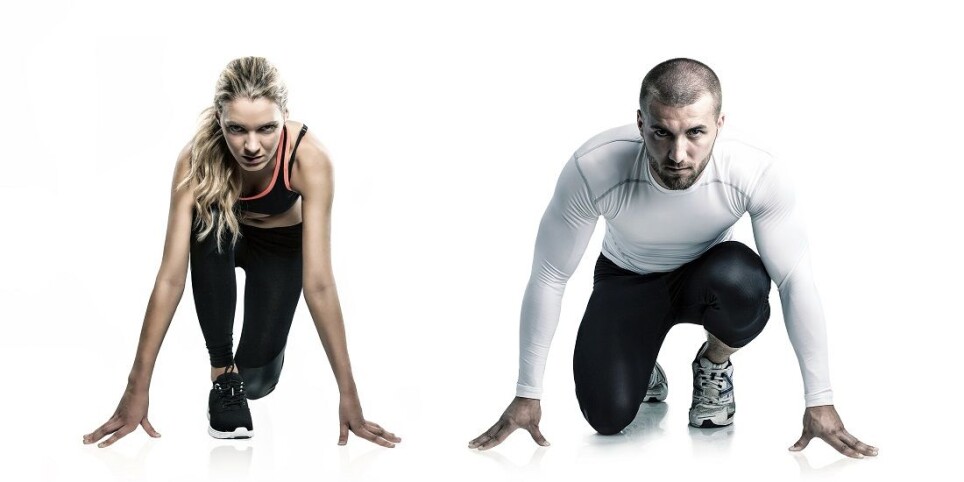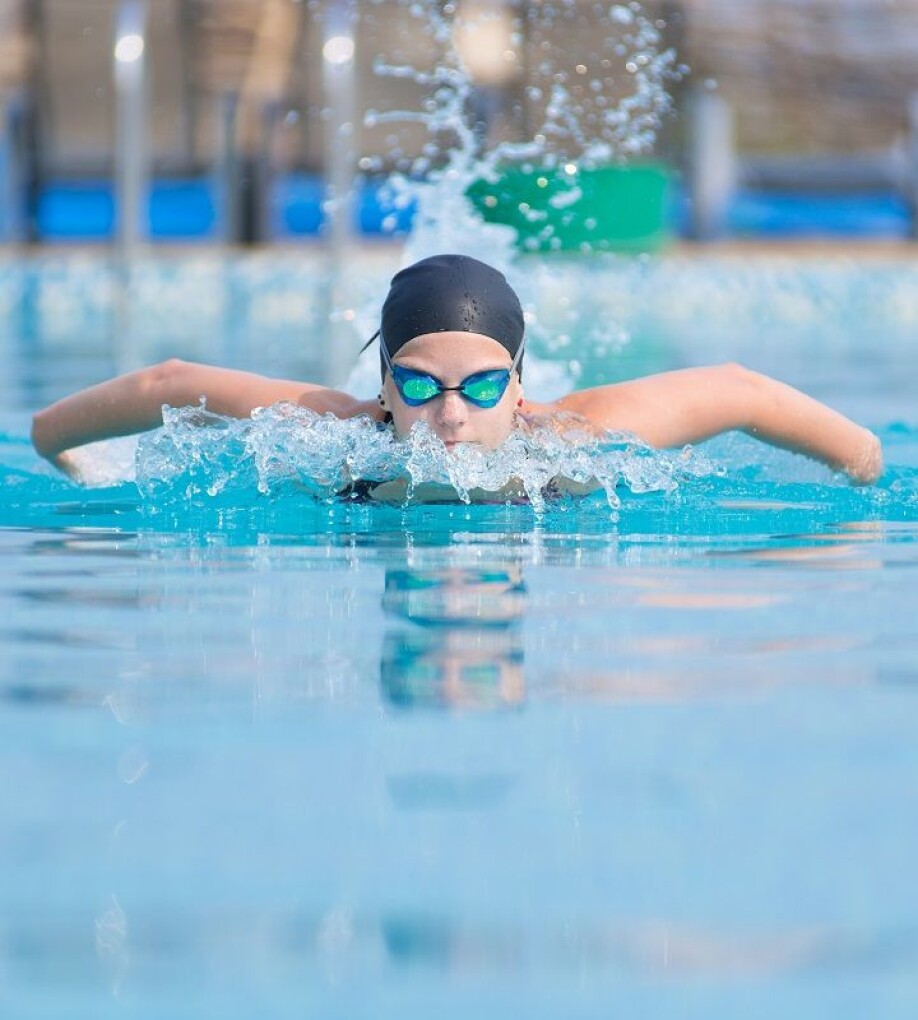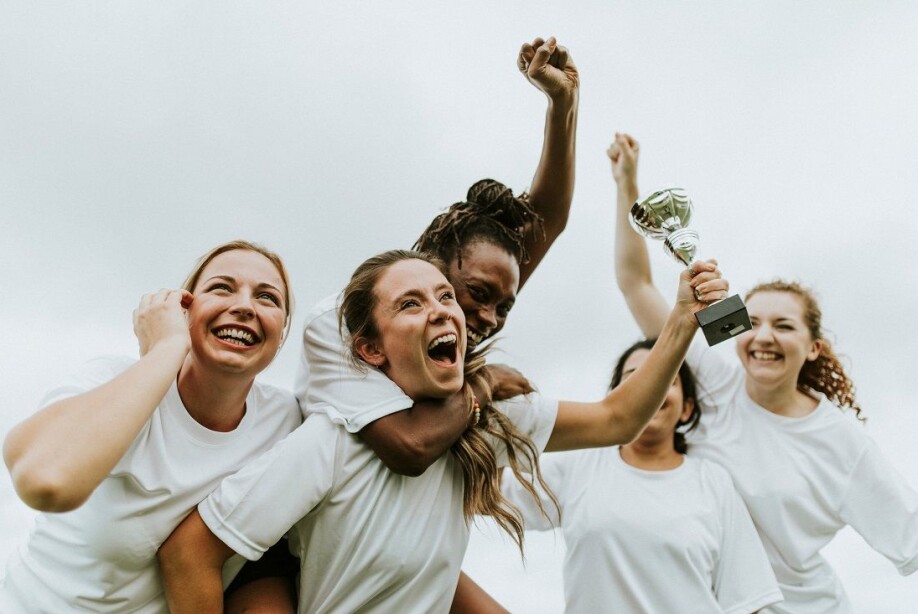THIS ARTICLE/PRESS RELEASE IS PAID FOR AND PRESENTED BY NTNU Norwegian University of Science and Technology - read more

Women win on the field, but rarely lead in governance
Women are among the foremost athletes in the world. But few women head international sports organizations.
Naomi Osaka, Therese Johaug and Serena Williams. Women are among the most popular and skilled athletes both in Norway and the rest of the world.
Nevertheless, women holding leading roles in international sports organizations are few and far between, although several of these organizations have tried to do something about that.
“We need to make a stronger commitment if we want to see real progress and achieve equality,” says postdoctoral fellow Lucy Piggott at NTNU’s Department of Sociology and Political Science.

Even beautiful talk is just talk in the end if it isn’t followed up with the will, commitment and the right actions to bring about change.
The Norwegian Sports Confederation (NIF) has implemented concrete gender equality measures to increase the proportion of women leaders, yet NIF has still been criticized by key sports actors, including for discrimination in children’s sports. Even in Norway, boys often receive much more support than girls.
Few women across the board
Piggott has collaborated with Jordan Matthews, a senior lecturer at the University of Chichester in the UK, to look at gender distribution in the governance of international sports organizations.
The results are clear:
“Despite many attempts to improve the percentage of women in senior leadership and governance positions over the past forty years, it is clear that there is still a long way to go,” says Dr. Matthews.
“Women are still poorly represented among leaders of international sports organizations,” says Dr. Piggott.
The researchers examined 60 different international federations and sports organizations. Women made up only a small percentage of the leadership at all governance levels:
- Women make up 22 per cent of the members of boards and executive committees.
- Women make up 21 per cent of general secretaries and general managers.
- Only 7 per cent of presidents or top executives are women.
- Only 14 of the 60 organizations studied have more than 30 per cent women in senior governance positions. Fourteen others had less than 15 per cent women.
- Large organizations that represent several sports are the best in class, where 32 per cent of the senior leaders are women.

What measures work?
Several international organizations have tried assorted measures to increase the percentage of women in leadership positions. The measures include establishing women’s quotas, goals for women’s representation, rules for elections and recruitment, separate groups that look at gender and equality, documentation and special programmes for developing female leaders.
The researchers looked at whether these measures are working. They found that the type of measure plays a greater role than the number of measures that are implemented. Some of the measures simply work against their intended purpose.
- Women’s quotas and targets for women’s representation are most effective if they also include rules for how they are to be implemented and what the consequences are if they are not implemented. Organizations that do not have such rules actually have slightly fewer women than the average in senior governance positions. Organizations with such rules have 5 per cent more women.
- Organizations that have their own development programmes for women leaders have seven per cent more women in senior governance positions than the average.
- Organizations that have very poor representation of women, 15 per cent or less, on average have several separate committees for women’s sports. But these committees often have little power and include fewer men. Separate committees for women’s sports thus do not appear to increase gender equality and may in fact contribute to less gender equality at the highest levels. The women’s sports sector ends up being something that women do for themselves, and that in reality has no significant impact on the main organization.
UK provides top-level support
Just talking a lot about gender equality does little to help or bring about change.
“Organizations need ambitious goals that are driven by conscious processes and implemented at all levels. Commitment is required across the whole organisation to promote gender equality and to stand behind its implementation,” says Piggott.
UK Sport commissioned the research, but the research report and findings are independent. This organization supports Olympic and Paralympic athletes in the United Kingdom and roughly corresponds to the Olympiatoppen organization in Norway.
Reference:
Jordan Matthews and Lucy Piggot: Is gender on the international agenda? Final Report: Female representation and policy in international sport governance, 2021.
See more content from NTNU:
-
Are you more jealous of emotional or sexual infidelity?
-
More than 120,000 Norwegians suffer from work-related anxiety
-
Forever chemicals affect ducklings' genes while they are still in the egg
-
Why are pregnant women in Norway so worried?
-
Politics on Facebook: Populist parties choose divisive issues on purpose
-
Social media is connected to cyberbullying – but not how we thought





































